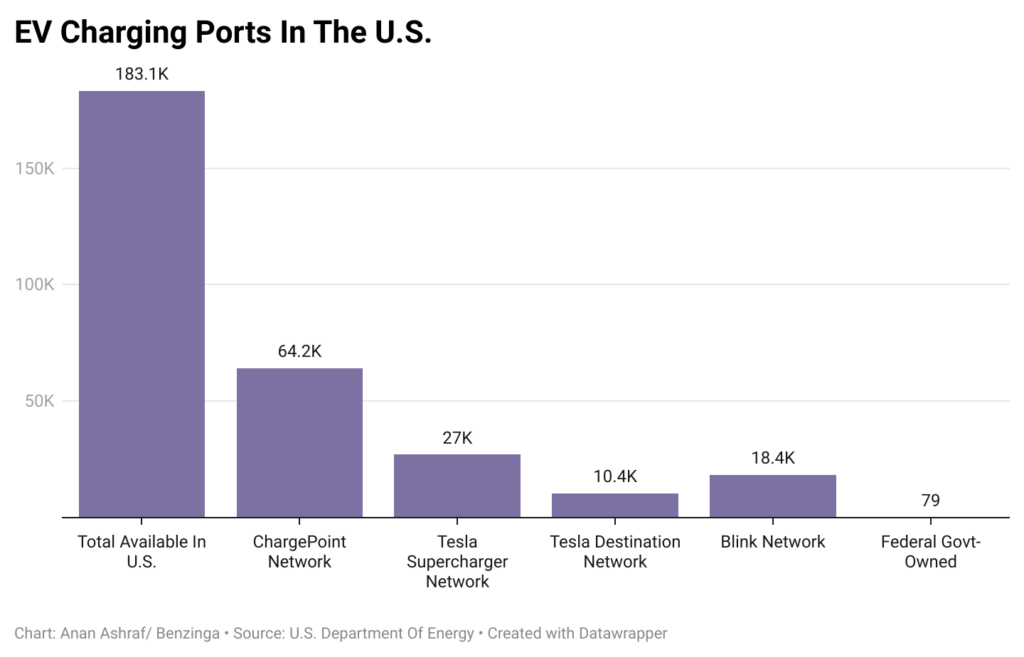Recent data disclosed by the U.S. Department of Energy sheds light on a remarkable development in the realm of electric vehicles. Under the Biden-Harris Administration, the count of publicly available EV chargers across the nation has witnessed a substantial doubling. An impressive addition of approximately 1,000 public chargers weekly has been the rampant trend, marking a pivotal transition.
The Uplift in Charger Numbers
Speaking on Tuesday, the Department unveiled a significant milestone, with over 192,000 public charging ports now accessible to the public. This industrial shift spans a wide array of landscapes, encompassing rural, suburban, urban, and tribal areas. Moreover, the Biden-Harris Administration unveiled a momentous investment of $521 million in grants. This allocation is tailored to construct over 9,200 EV charging ports across 29 states, two Federally Recognized Tribes, and the District of Columbia, underscoring a robust commitment to a sustainable future.
Ownership Quandaries and Contrasts
While the progressive surge in charging infrastructure stands as a beacon of hope, a peculiar paradox seems to have emerged. According to data sourced from the DOE, a total of 196,063 public EV charging ports are scattered throughout the U.S., positioned across 72,573 distinct station locations. However, amidst this extensive network lies a revelation – not all these ports are readily accessible for utilization.
Delving deeper into the ownership dynamics unveils a surprising dominance of private ownership. A substantial majority, counting nearly 63,000 charging ports, fall under the purview of private entities. In stark contrast, a minuscule proportion of only 79 ports are under federal ownership. State governments claim ownership of about 1,000 ports, with local or municipal governments overseeing nearly 4,000. This ownership pattern reflects a complex tapestry of public and private stakeholders vying for dominance in the EV charging landscape.
Leading the Charge
Within this intricate milieu, certain industry stalwarts stand out. Tesla Inc emerges as a formidable player, boasting ownership of about 27,000 ports under its supercharger network, in addition to approximately 10,000 ports allocated to the company’s destination charging network. Not to be outdone, Blink Charging Network commands a fleet of about 18,425 ports, while ChargePoint scales new heights with a staggering 64,000 ports under its domain. These industry giants underscore the competitive landscape that characterizes the EV charging sector.
Despite the commendable strides taken under the National Electric Vehicle Infrastructure (NEVI) Formula Program, the data paints a sobering reality. Only 68 charging ports have been actualized across 19 distinct station locations, a stark juxtaposition against the broader industry landscape brimming with potential.

As stakeholders navigate this dynamic landscape of ownership and development, the trajectory of EV charging infrastructure stands at a critical juncture, poised for exponential growth and transformation.
Embark on an enlightening odyssey through Benzinga’s Future Of Mobility coverage by simply following this link.
Unveil the untold stories of progress and innovation.
Photo via Shutterstock
